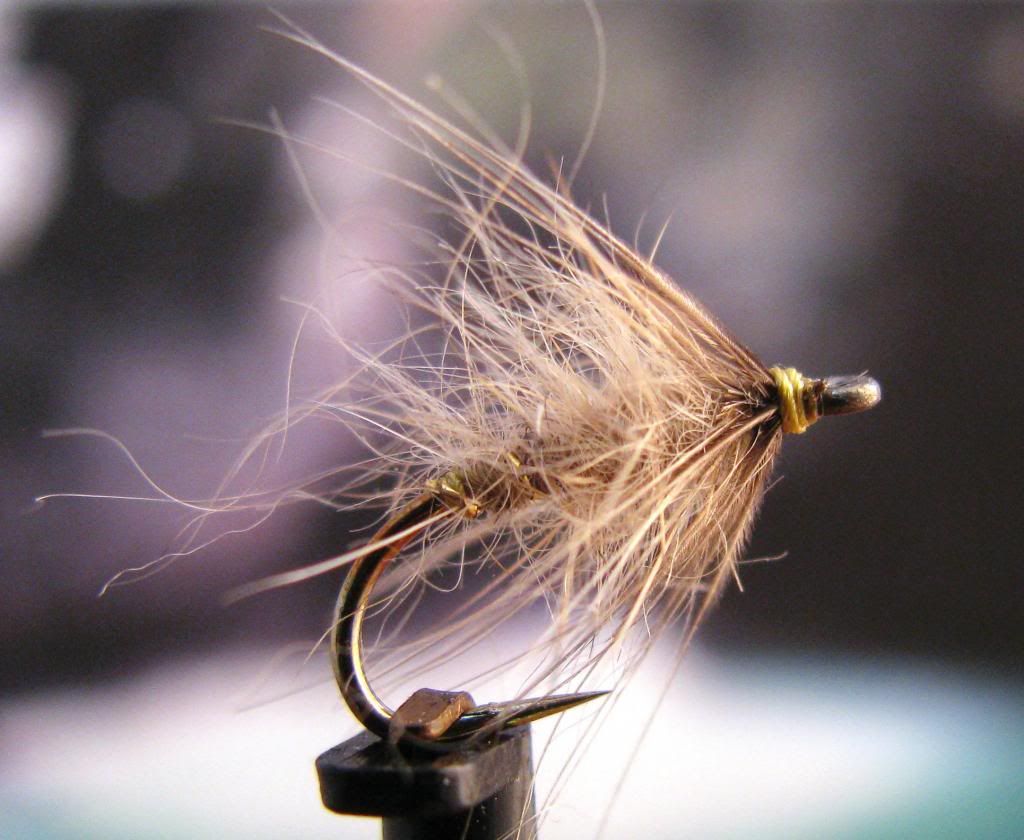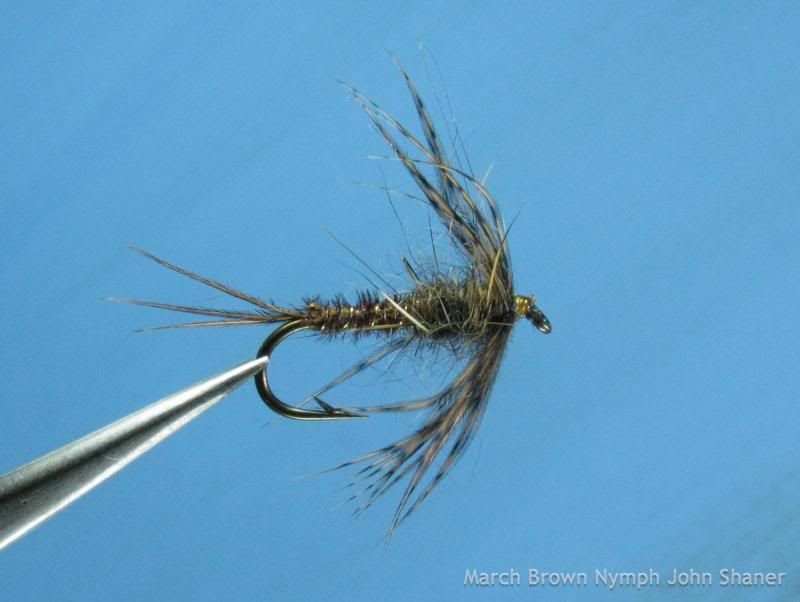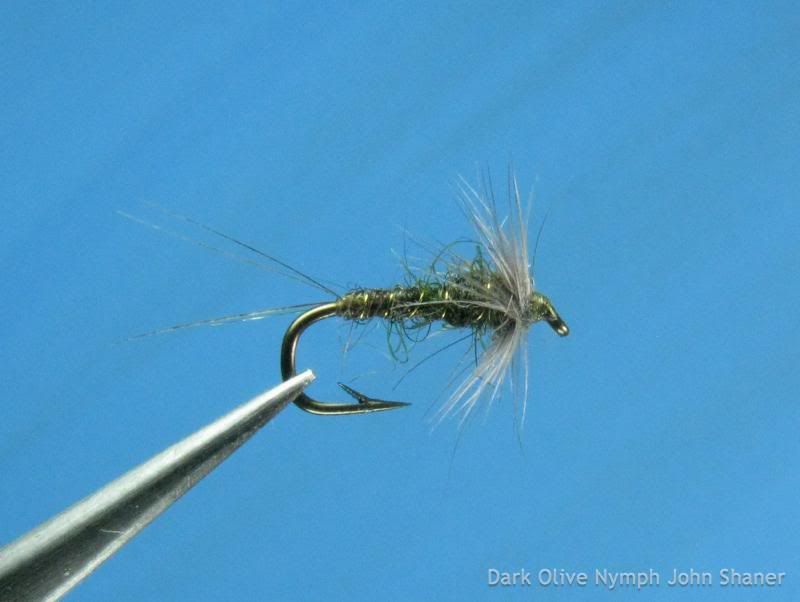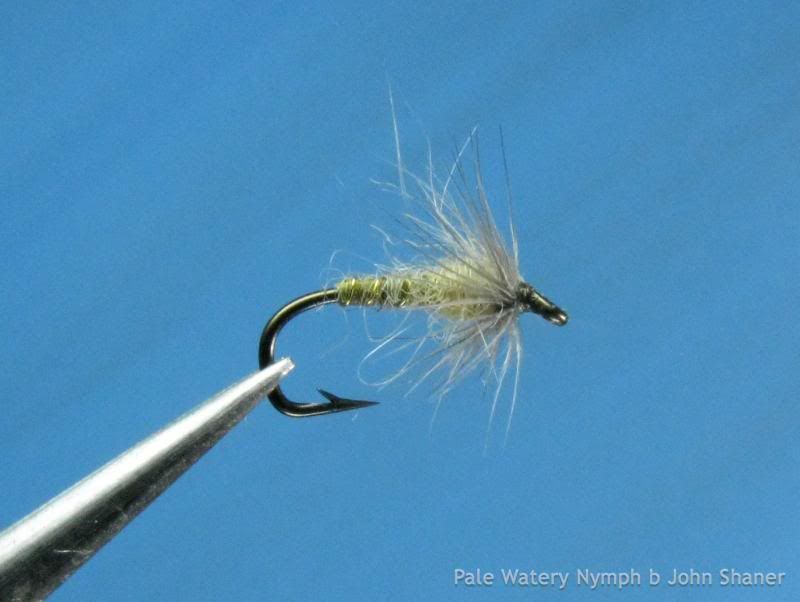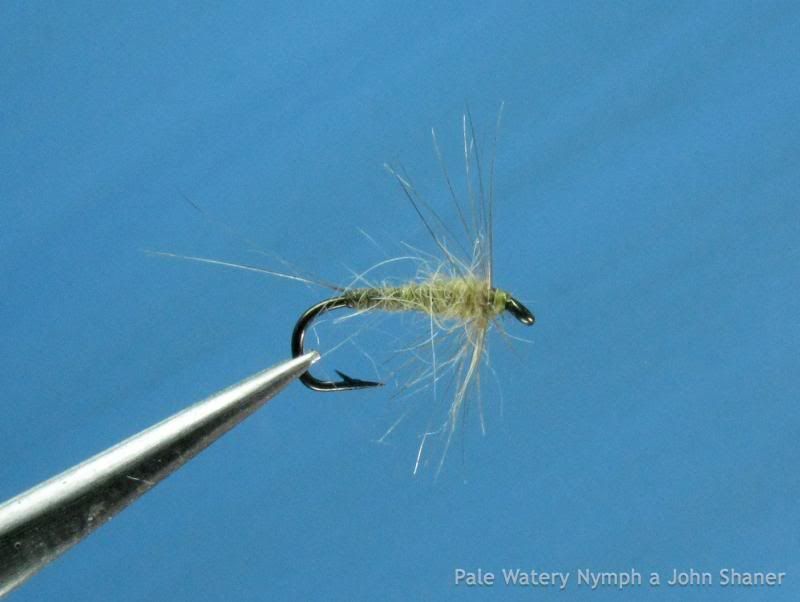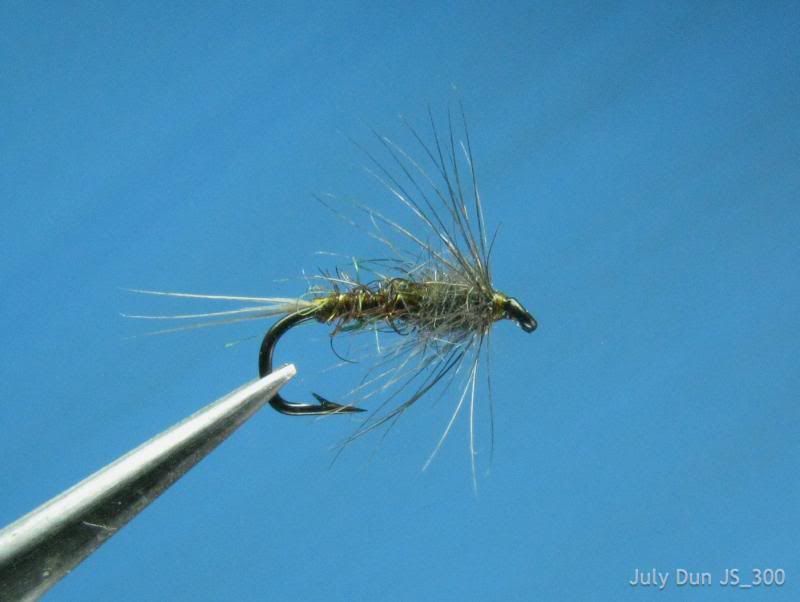Re: Leisenring's Orphan Nymphs
Posted: Sat Sep 21, 2013 4:59 pm
redietz, Howdy;
Bob, Great looking compared to what my experiments
have looked like so far. Best I've done so far is a very fine
noodle of dubbing in split thread. I ask the Master of Seal
(Hans), this is what he related to me;
" Control your materials, lest the materials take control over you.
Try the following (I am trying to be complete, you may know and do some/all already)
1. Use less.
2. Tease it out so it resembles a haze on your fingers.
3. Dubbing does not adhere to thread, you make it adhere to itself. You shape it into a cylinder which surrounds the thread. Use LOTS of finger pressure as you rub thumb and finger pad together. Use spit as needed
4. Only twist in ONE direction.
5. Once a reasonable noodle has been formed, slide it up the thread, and catch in the tip with a turn of thread. This becomes your anchor point. You can now twist the noodle tighter.
6. Wrap. "
I'm positive that my small skills pale compared to most so please understand Hans was directing
this to my level....and very well I might add
So, I'll just stick with the Seal & Bear
hank
Bob, Great looking compared to what my experiments
have looked like so far. Best I've done so far is a very fine
noodle of dubbing in split thread. I ask the Master of Seal
(Hans), this is what he related to me;
" Control your materials, lest the materials take control over you.
Try the following (I am trying to be complete, you may know and do some/all already)
1. Use less.
2. Tease it out so it resembles a haze on your fingers.
3. Dubbing does not adhere to thread, you make it adhere to itself. You shape it into a cylinder which surrounds the thread. Use LOTS of finger pressure as you rub thumb and finger pad together. Use spit as needed
4. Only twist in ONE direction.
5. Once a reasonable noodle has been formed, slide it up the thread, and catch in the tip with a turn of thread. This becomes your anchor point. You can now twist the noodle tighter.
6. Wrap. "
I'm positive that my small skills pale compared to most so please understand Hans was directing
this to my level....and very well I might add
So, I'll just stick with the Seal & Bear
hank


